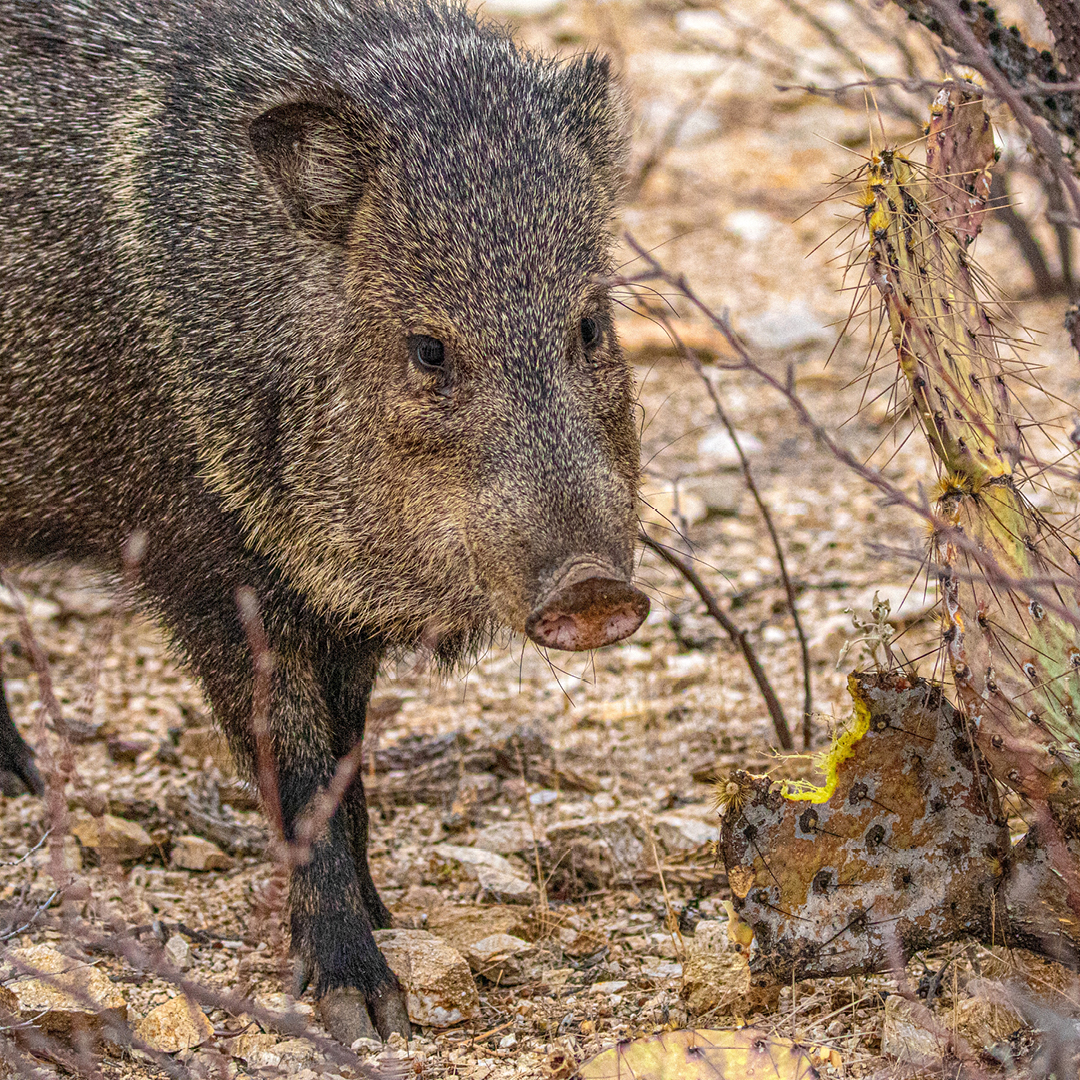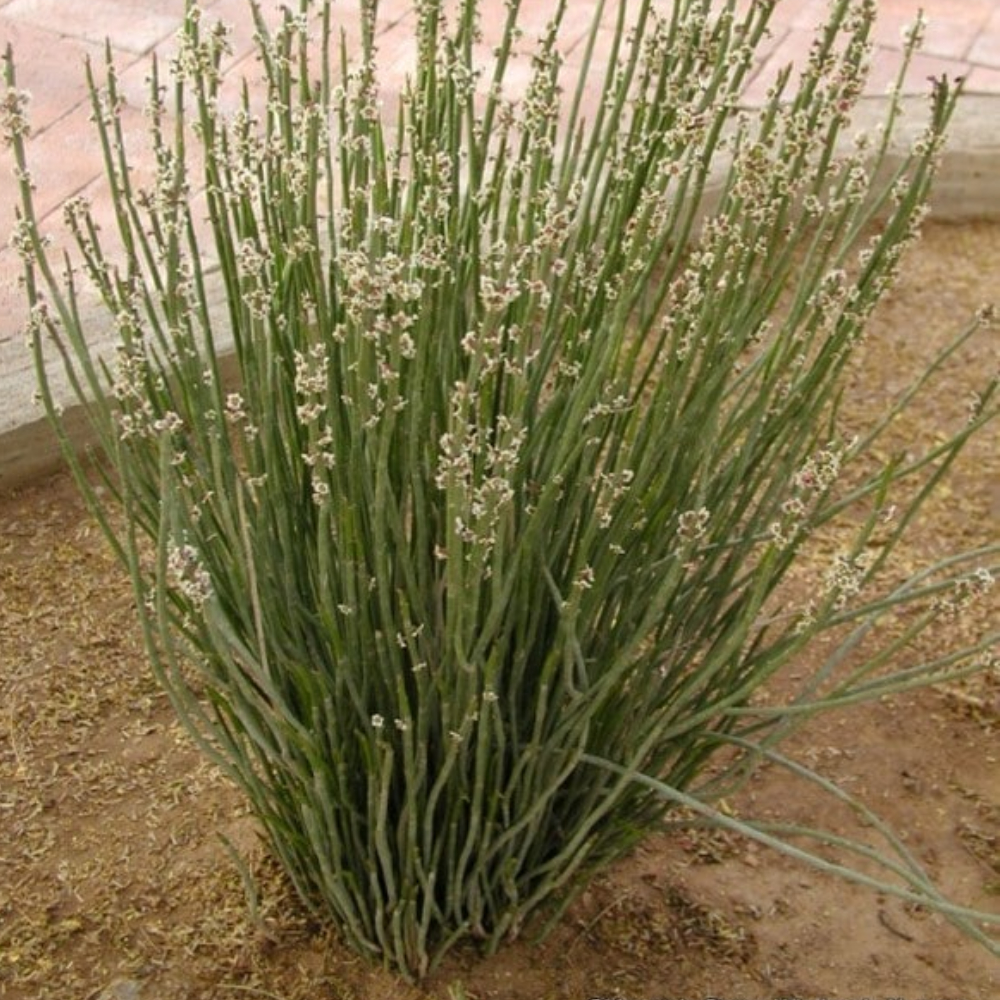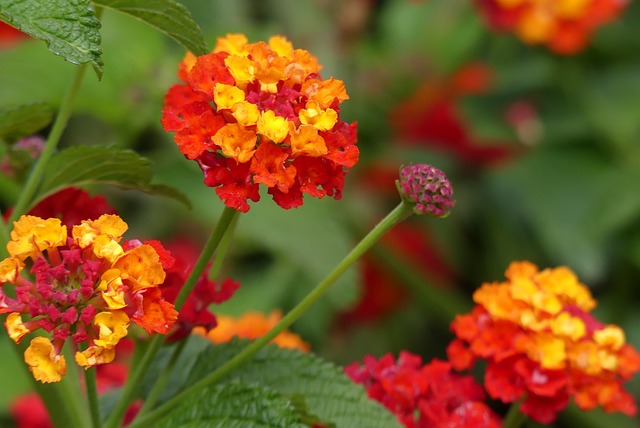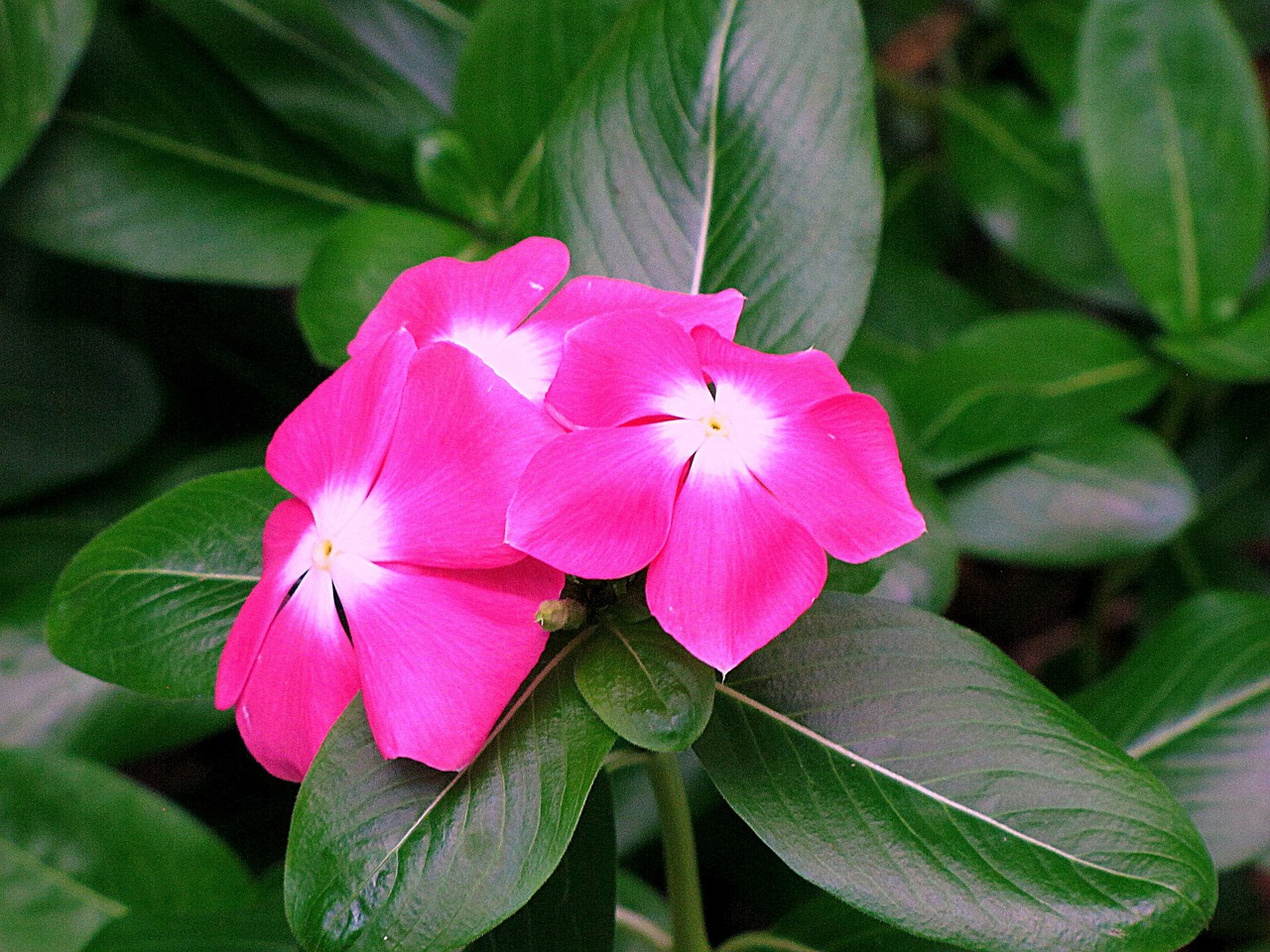Javelinas can be true pests in the yard, digging up plants to eat the bulbs or roots, knocking over containers, rooting through the soil, and generally being a nuisance. They will even eat a wide range of plants directly, even if just nibbling on them. While these animals are native to Tucson and protected, there are plants you can choose that are less likely to become meals for javelinas, as well as other steps that will help protect your landscape from their attention.
About Javelinas
Javelinas – also called skunk pigs or collared peccaries – are related to new world pigs and native to Southern America, Mexico, and parts of the American Southwest. They closely resemble wild hogs with their bristly fur, hooved feet, small rounded ears, and small tails. Javelinas are omnivorous and eat not only roots, bulbs, seeds, beans, and other parts of plants, including cacti, but also insects and grubs. They will even root through trash, snack under birdfeeders, dig into compost piles, and munch on outdoor pet food.
These animals grow to roughly 19 inches tall and can weigh in at 40-60 pounds. Though javelinas have poor eyesight, they have a very keen sense of smell and can follow their sensitive noses to any plants or water nearby. They often roam in herds of 2-20 individuals, and such groups can do some incredible damage to the most carefully planned landscape.
Javelina-Resistant Plants
No true javelina-proof plants exist, as these voracious, stubborn animals will nibble at just about any plant. There are different plants that are more resistant to their attention which are less likely to suffer catastrophic damage when javelinas come to call. Popular plants for a javelina-resistant landscape include:
- Alyssum
- Basil
- Butterfly Bush
- Candelilla
- Chili Pepper
- Dalea spp
- Desert Spoon
- Firesticks
- Lady Slippers
- Lantana
- Lavender
- Marigold
- Mint
- Oleander
- Rosemary
- Sage
- Salvia spp
- Snapdragon
- Cholla
- Vinca (bedding annual)
Living With Javelinas
Even with nothing but javelina-resistant plants in your landscape, you are sure to be visited by these animals now and then. Taking strong steps to exclude and deter them can help keep your plants safe from their sharp teeth and strong snouts.
- Install strong fences, as javelinas aren’t prone to dig under fences or jump over them. Concrete block fences are best, but electric fences can also be effective.
- Use tall containers for potted plants, but be sure they are heavily weighted at the base so the containers are not easy to tip.
- Consider hanging plant pots mounted high enough to be secure from javelinas, and secure them well so they don’t fall.
- Remove any other food sources from the yard, including fallen fruit or seed pods, birdseed, pet food bowls, trash, or compost, or use fences around fruit trees, bird feeders, etc.
- Remove water sources such as pet water bowls, low bird baths, dripping spigots, or overflowing fountains that might attract thirsty javelinas.
- Block off shaded nooks that javelinas might use for shelter, such as space under a deck, porch, shed, or crawlspaces under a house.
- Ensure that fences, gates, and other barriers are in good condition and secure, inspecting them regularly for damage or weakness.
- Sprinkle coyote urine around the property or at any possible entry points to fool javelinas into avoiding predators.
It is illegal to trap, injure, or kill javelinas, and learning to live with them is the best option for peaceful coexistence. Only in cases of extreme aggression or excessive damage will officials consider removing the animals, and some landscape damage is to be expected if javelinas are in the area. However, you can enjoy a beautiful landscape without constant javelina damage by choosing plants carefully and taking other steps to keep these animals out of your yard.





